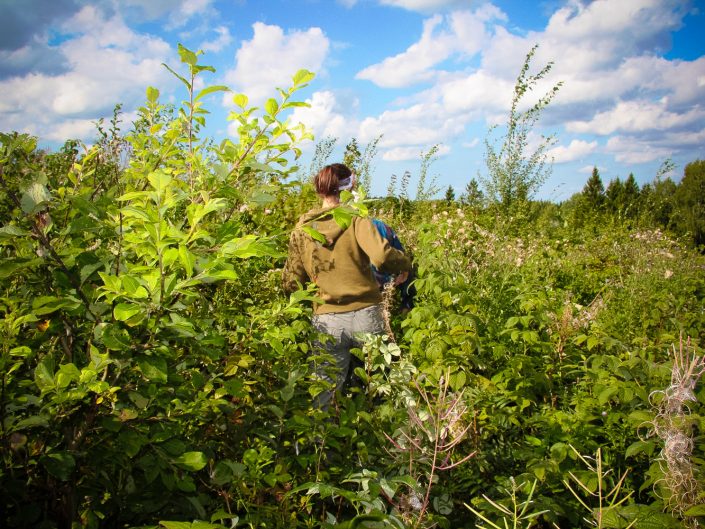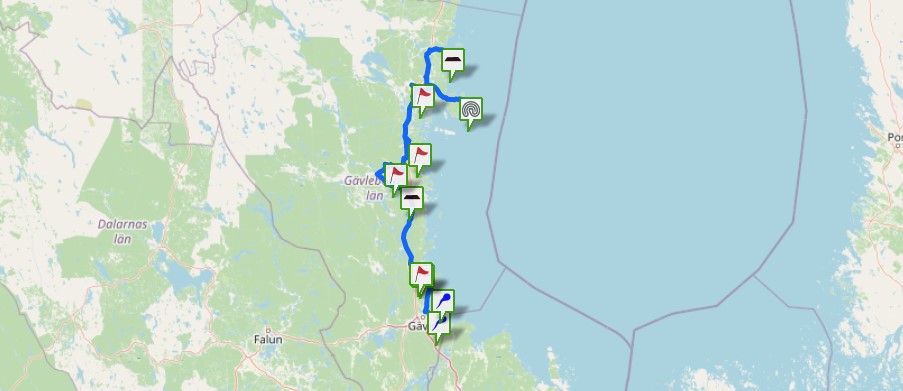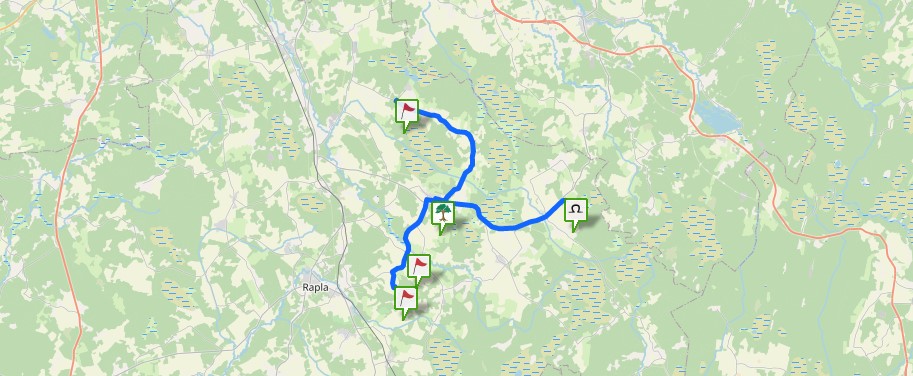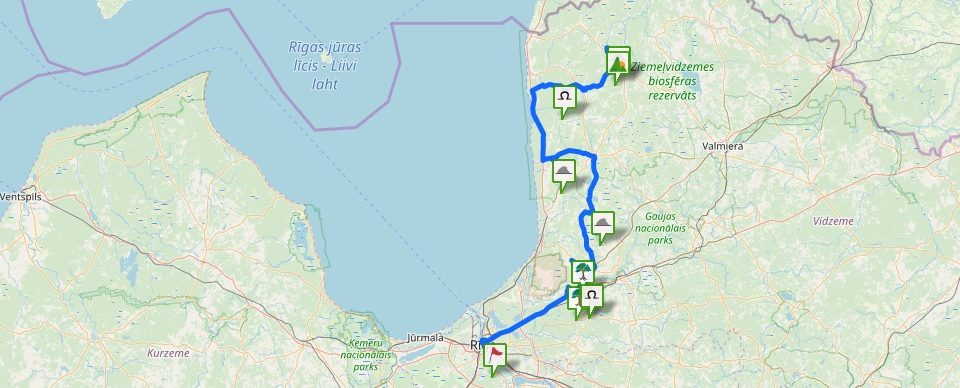Local archaeological heritage (State Inspection for Heritage Protection, No 543). It is also called the Drapmaņi Tale and Finds Place. It is situated on the western bank of the Drapmaņi Lake, 500 m south – south west of the Drapmaņi homestead. Quite a wide territory is called the Church Hill, but on the very bank of the lake there is a small hillock called the Church Place. The place is limited by the lake and overgrown lake inlets. From the land one can notice about 0.5 m deep dug up. The land on the hillock is dark. (Z. Toropina, 1987, Archive of the Scientific Council on Museum and Cultural Heritage, inventory number 28384 7024 I) Nearby is the Kalnasmīžu Spring, Āraiši Lake Castle, Āraiši Church, Amatciems.
“The name “church” denotes not only a Christian temple, but also ancient pagan shrines. Hill forts and other hills are often described in folklore by tales about sunk churches, the bells of which can still be heard at times; there are also tales and legends that people used to gather there at special occasions, that children were taken there for baptizing. On the highest points of such hills it is usually established that there used to be shrines with, probably, idols’ images at the corners and the central idol. Other names for such places are the Māra’s Shrine, Māra’s Church. These places are usually hillocks that stand out in scenery and can be seen at a distance; probably, roads from different directions led up there. It is possible that on the sites of ancient shrines later first wooden, then brick churches, chapels, bell towers were built. The sunk church is a metaphor in a way to the fact that ancient sacred sites have disappeared for good.” (J. Urtāns, 1990, Materials of Scientific Report Session on Archaeologist’ and Ethnographers’ Research Results of 1988-1989.)






